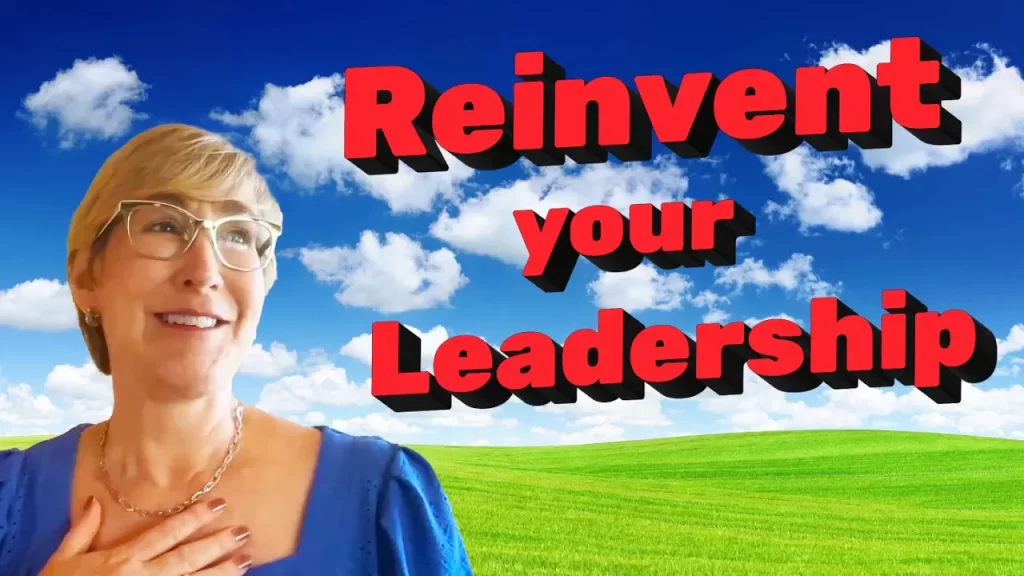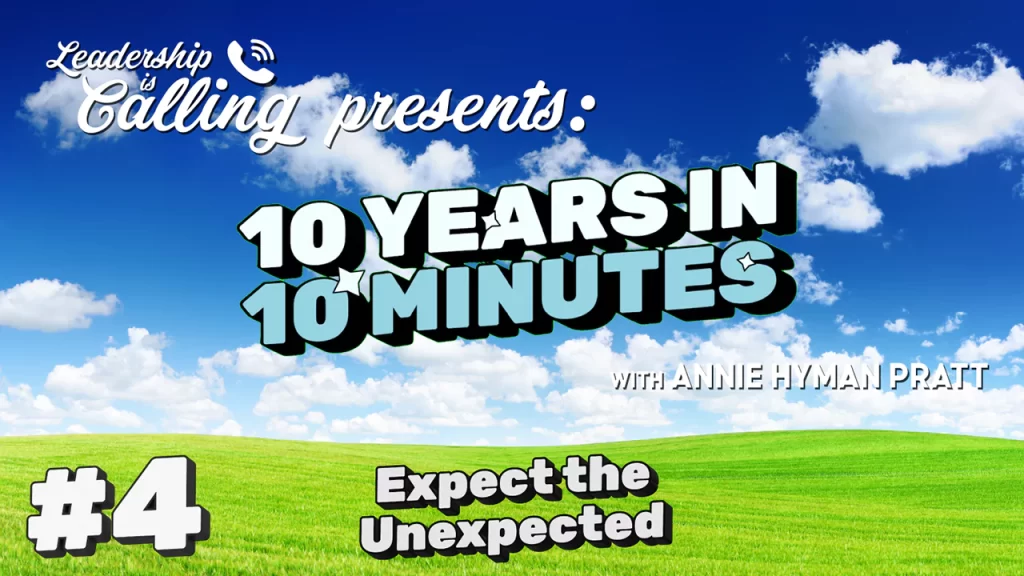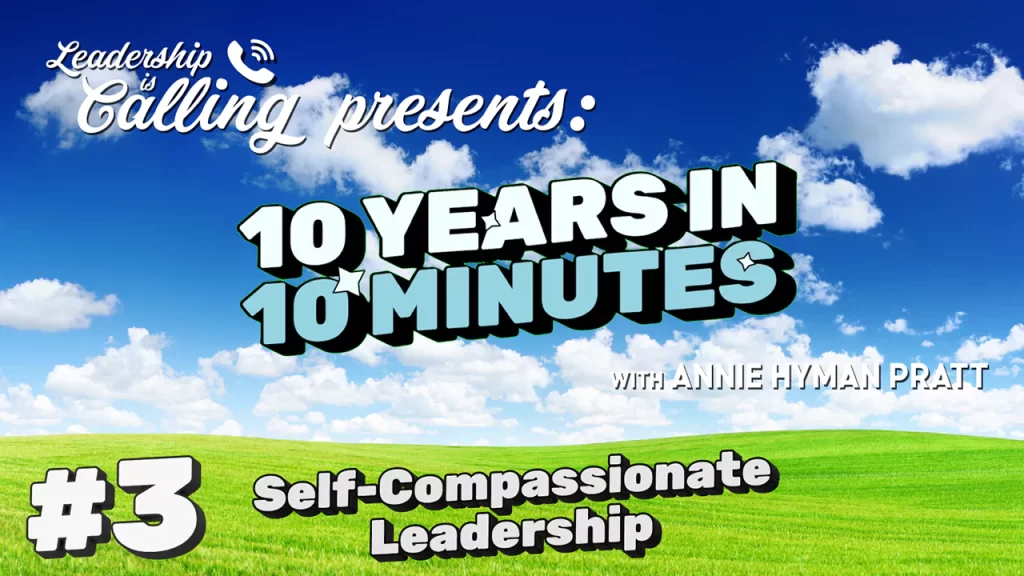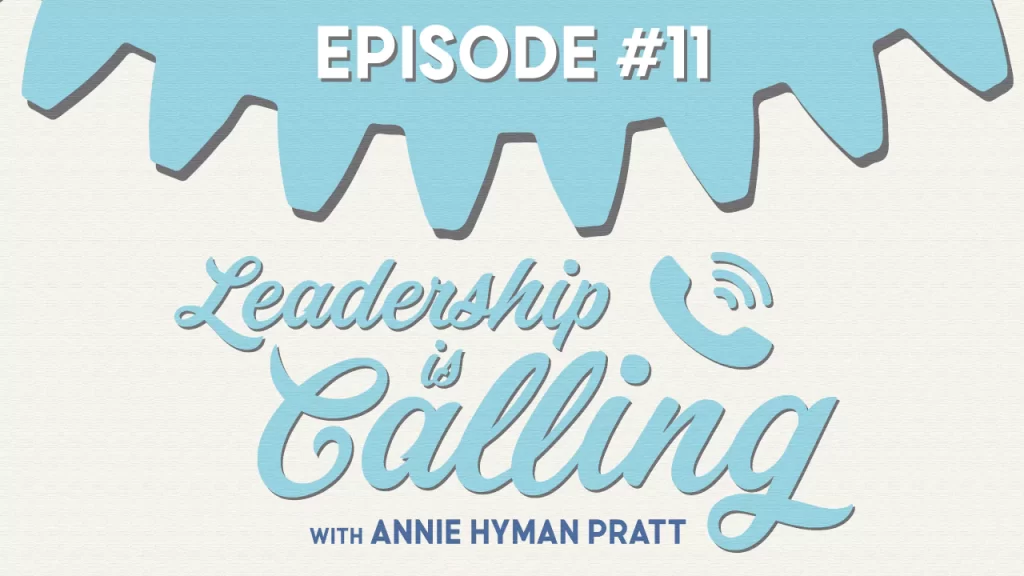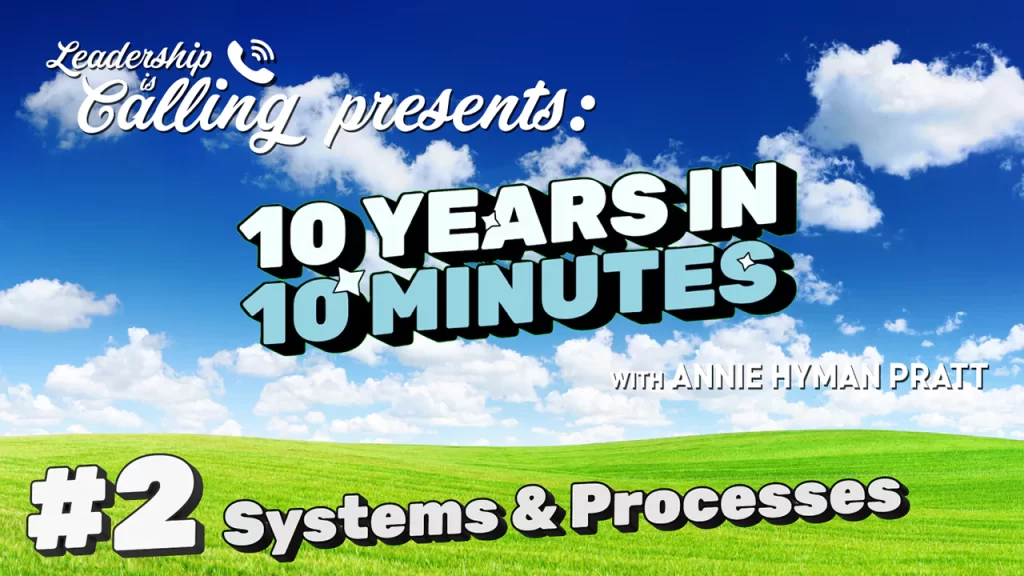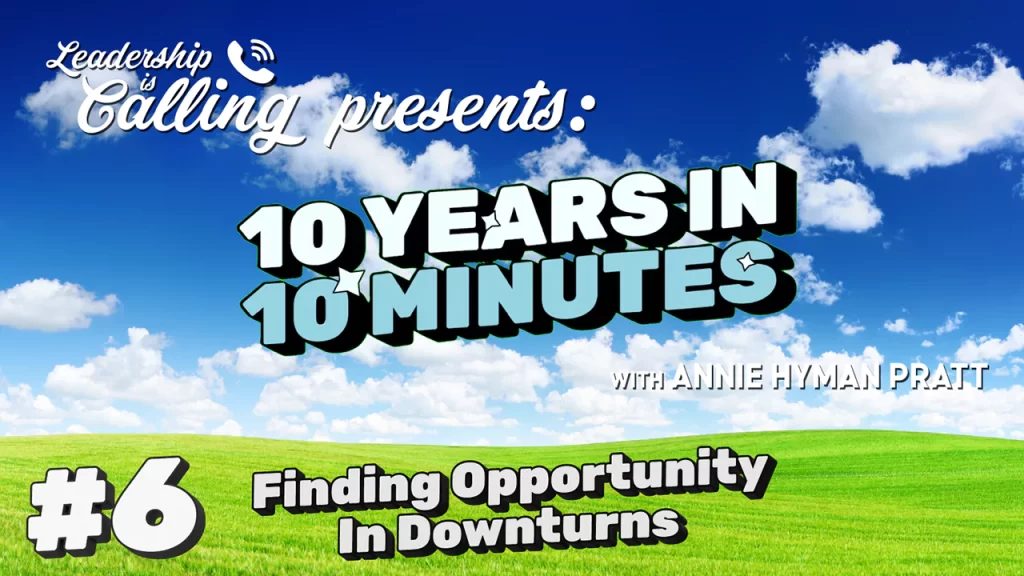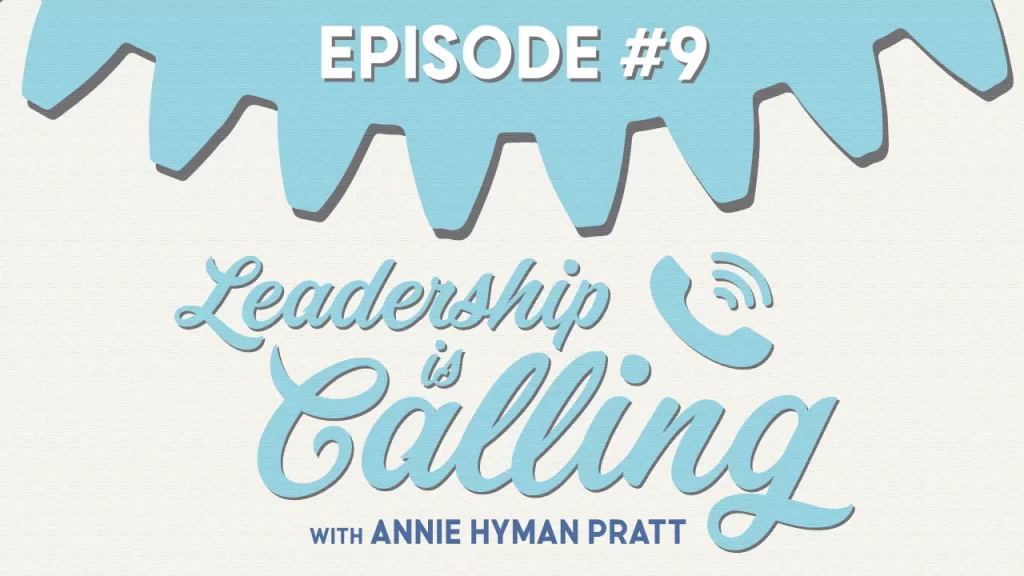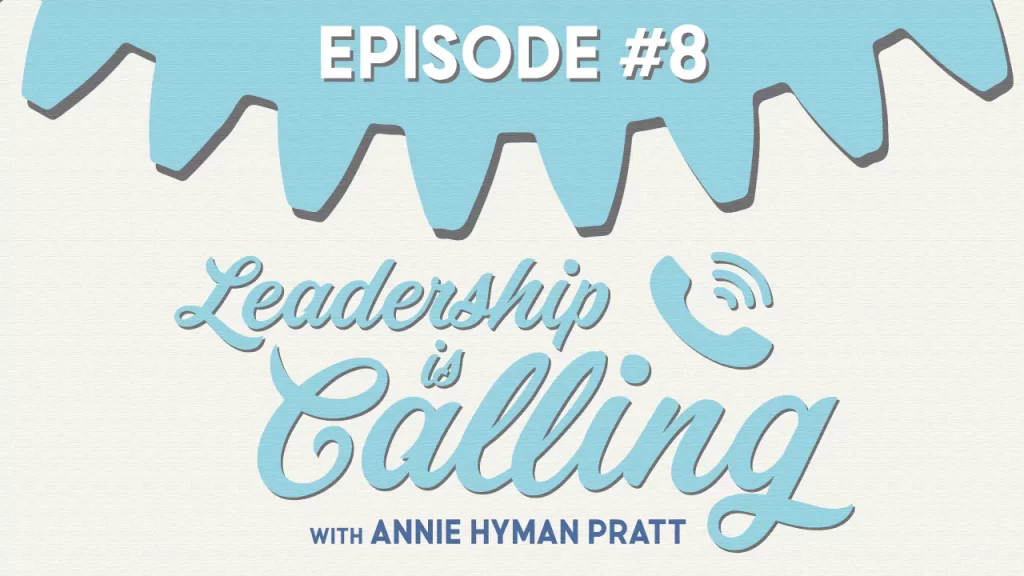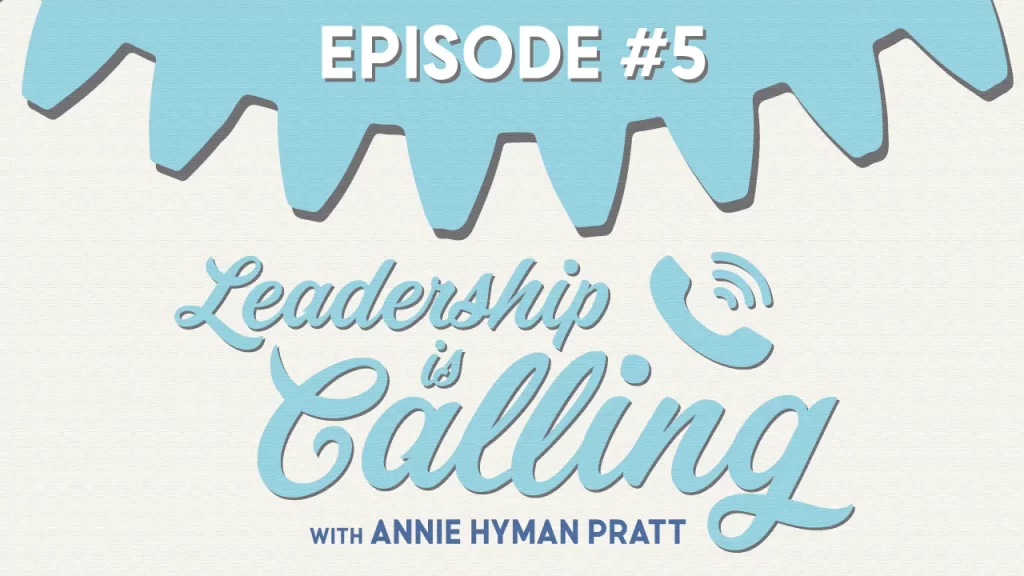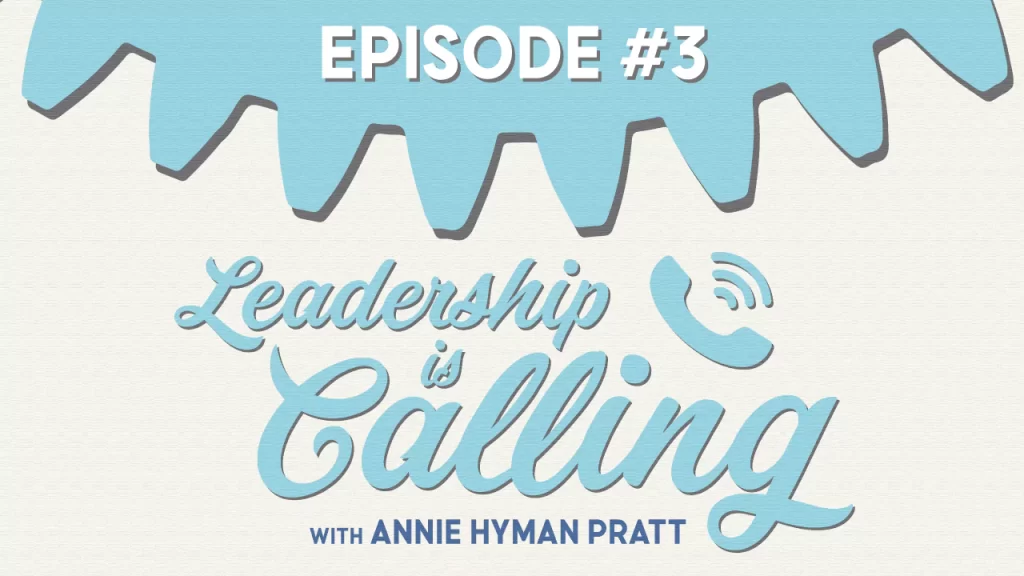Episode #35: Harnessing the Power of Agreement: A Guide to Effective Decision-Making
Leadership is Calling Episode #35
Annie Hyman Pratt & Heather McGonigal
- Description
- Transcript
Harnessing the Power of Agreement: A Guide to Effective Decision-Making
“If you’re not willing to be influenced, you will not keep your team members.” -Annie
In this insightful conversation between two experienced business leaders, CEO Annie Hyman Pratt and Executive Coach Heather McGonigal, they delve into the critical topic of decision-making and team engagement.
They explore the challenges of navigating high-stakes decisions, the importance of building consensus, and the art of creating a culture of trust where everyone’s voice is heard.
Learn how to build consensus and agreement in tense situations through open communication. Discover techniques to avoid conflict and power struggles.
Key Points
- Start by finding common ground and shared goals before deciding specifics
- Invite people to speak openly before finalizing decisions
- Build trust by assuming good intent even when mistakes happen
- Zoom out to see the bigger picture rather than fixating on one solution
- Allow for human error as you would in sports – it’s part of working together
Related Resources
Leadership Skills: The People Part
Leadership Development Articles: How to Keep ‘A’ Players – 3 Company Keys | Leadership in Times of Uncertainty: Decision Making
Downloadable Leadership Tool: The Key Basics of Agreements
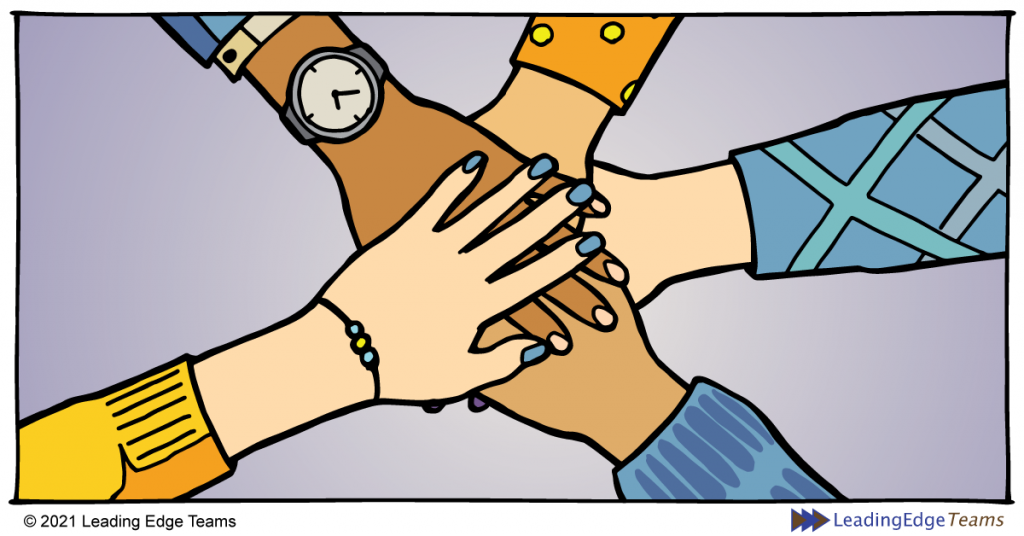
Auto-Generated Transcript – unedited version
Harnessing the Power of Agreement: A Guide to Effective Decision-Making
Annie, I had a few questions for you since I haven’t seen you in a little bit. Yeah. The first one is that okay, so I remember initially learning from you first that in big, higher stakes decision making, things that feel complex and maybe tense, a good leadership idea to talk holds, keep in mind, is to build upon where you do agree. First, Yeah, totally.
So the thing is, and in higher stakes decision making, people are automatically kind of jumping ahead to the part that they either want or don’t want. They’re they’re thinking all the way forward to like, Well, I have to make sure that I say no to this or that, you know, that that this part gets heard and that can have everybody sort of jump to the conflict point right away. and that’s natural because it is high stakes. Like you know, we are thinking, for example, let’s say we want to try to fit in a whole new big product launch or, you know, put a whole mic to a whole new revenue project before the end of the year. And we only got a couple of months to do it.
So let’s say that we’re trying to make a decision about that. Okay. So in that kind of case, as humans, we are automatically thinking about the failure points of like, you know, hey, wait a minute, I don’t think that’s going to work because of this. Or, you know, I would have to have, you know, $10 million to really make that happen. You know, kind of exaggerating here. But yeah. And Annie and my team members see, I often think I immediately just hear everything, yes, that’s right. It is just, Yeah, exactly.
Exactly. It’s like, you know, it’s like. Yeah, like I could feel yeah, I could feel the anti steamroll. They’re going and so I could put it up right away. Totally. It’s so natural. And the, the problem with it is that you know before you can even have a discussion about anything, about what’s involved, about what we might be able to do, about when we might be able to do it if we’re not going to do it this year. I mean, there’s all kinds of things that we want to talk about that we don’t even get to, that we just start in a conflict of, you know, somebody is resisting and somebody is pushing. And now we’re in a power struggle. Now we’re in a power struggle. It’s like a, you know, a game of chicken. Like who holds up to games and we so don’t want that.
So one of the best techniques to really back up is to basically say, hey, look, we haven’t made a decision, okay? Like, let’s take the actual concrete decision part off the table because we don’t even know everything that’s involved yet. Let’s just let’s just start in the place of do we agree that we’d like a new product? Okay. And lots of times that’s yes, because usually the conflict is about timing. Right. Or could be about what’s, you know, what type of product or something like that. But, you know, most of you know, most people in business are in business to do cool things and they want to do that stuff. So if we start there, then we can start talking about, okay, great, so we want a new product. So let’s talk about what that might look like and we may find that we kind of agree on that. And then we can talk about, well, you know, ideally what would be involved if we didn’t have any constraints. There was no timing with ideally what might be involved and we might have a very similar vision of the new thing.
And then when we start to talk about timing, resources, specifics, now we have a base to work from because now we work. Now we’re not arguing about if we’re going to do a new product. Now we’re really arguing about or talking about discussing and trying to figure out how, you know, kind of how much like what is it, what are the specifics going to really look like. It’s so much easier. Sorry, Annie. I was just thinking that, like, in that description, Yeah. It’s right. Yes, totally. That inviting people to really speak and knowing, you know, making sure that as a CEO you’re acknowledging that you hear them like the team members need a voice they don’t they they they need a voice and they needed to be considered the problem is when team members feel like, you know, my CEO made this big decision without listening to the parts that, you know, were important to me and not just important to me, that we’re going to really impact the project in a big way. And I think one of the things team members are really fearful of, in addition to burning out, is doing poor quality work. You know, like nobody nobody wants. Everybody’s kind of been through something that you threw together and you put it out there, didn’t go that well and customers complained and your boss was mad and, you know, and, and, and those times are really painful and and nobody wants to go back to that. Nobody wants to experience that. So they want to be heard and considered.
And one of the best ways to do that is to raise ideas tentatively, really, with that part of like before we make final decisions, I’m going to hear everybody’s voice, you know, I’m going to I’m going to hear what their concerns are, what’s what they really think is involved here. And when you’re the CEO and you have the final decision making authority, that’s really the smart way to go, because at the end of the day, you can, you know, you can make people do it and not have heard anything that they have to say now. Now they’re going to be upset and it’ll probably turn out badly. Or you can put it forward, tentatively, talk it through, maybe adjust a few things that you are willing to do differently. But having a much better understanding of how it would turn out better and you ultimately decide to do it, to do it, then like pretty much the same. You know, you’re going to make the same decision. Just how you do it is going to lead to infinitely different results infinitely. And I think that is something that I really want CEOs and leaders, all leaders to really think about is the more autocratic decisions you make and and, you know, autocratic meaning you just decide you don’t search for the voices, the input, the detail. You don’t allow any influence. I guess I would say it that way, because that’s what team members come with, with all kinds of facts and figures and perspectives. And you need to be willing to be influenced by that. And that doesn’t mean that you’re a pushover, but it means you’re willing to be influenced if you’re not, if you’re a leader and you’re not willing to be influenced, you will not keep your team members. Your best team members at some point will go somewhere where their voice matters.
Yeah. And Annie, I just wanted to add sometimes that sounds like, well, I told them, but it’s their company. They’re going to do what they want and you know, it sounds that You know, unless the right quiet is right, that’s your right, which you absolutely do, because your best team members are your good team members, they are thinking about the outcomes. They do want to really achieve something. They’re not there to just phone it in and do a few tests and, you know, take direction from you. And so, you know, so the more you tell people exactly what to do and how to do it, the less thinking that they’re going to, you know, be contributing to that picture and the more they’re going to crave to work somewhere that does care about them. Yeah. So big. Yes. Or yeah, sure. Yes. Right. Absolutely. And yeah. A handy thing is to, you know, when you want to look where you agree, just start with the outcome because probably you agree on that. You know, whatever the highest level outcome is, you probably agree. You know I noticed that when that happens to me, which my gosh, you know, we’re humans. I think of it as like we are often arguing about how we got to our viewpoint, like how we got here. Right. And now we’re not really arguing about what we would need to do to fix it. So it’s like, you know, if we’re missing a timeline, it’s like I might be saying, Well, we’re missing this timeline because the people I was working with, you know, didn’t have enough resources and we got incorrect information and whatnot. And the other person’s like, No, we gave you the correct information. You got good stuff and you had plenty of resources. The reason we’re missing it is because of, you know, X, Y, Z that we’re arguing about how we got here. And, you know, and I think that it’s human nature that at that moment we’re in self-protection, right? Because we have to deal with the problem. We have to deal with the gap and so in that moment, our our you know, our our, our our reaction is like, well, I don’t want anybody thinking badly of me. You know, that’s like that comes first before we could even talk about a solution. That’s how we tend to feel it, but the opposite is true because no one cares how we got here. Once we start talking about solutions, literally, like every time no one cares. And all of those situations have a million factors that you know is where it is. So the quicker we can get to just acceptance of where we are, the better. And the way to do that is just by, you know, starting to talk about what we would do from here? Do we agree that this is a problem with a big impact and what might we do to solve it? I love that. That’s so awesome. Annie. I love what we’ve heard. Exactly. Yeah. Kind of what you thought of how you’re looking at this. What you’re. Yeah, what you’re, you know, what you’re thinking about for a direction, you know any of that but it needs to be, you know forward moving like from here. Here’s how I’m thinking about it. Yeah, it is fascinating. As human beings we tend to very quickly jump to, you know, how do you get here and and and the other thing I notice is that it really helps when when you have developed some high trust relationships because often you can cut through that because you trust each other that like, you know, it’s like I know my teammate produces really good work. I have, you know, experience with them maybe for years and years like they do great. If something didn’t go well, I’m pretty sure that it’s not because they suddenly become lazy, dumb, you know, don’t care about the work anymore. I’m pretty sure that there is a good reason and that I don’t have to get in there and nitpick about, you know, like what? How did this happen? Why are you here right now? It’s it’s it’s like the thing of like I’m you know, I’m pretty positive that something unexpected went down and and you know, 99% of the time it is that this less this total yeah yeah it’s actually with you absolutely yeah yeah you know yeah yes the really absolutely and yeah do have the same absolutely
And when we zoom out we’re also able to see so many more possible paths or possible solutions. And when we’re zoomed in, it’s like, you know, I might think of it as like, you know, you’re driving along and you, you run into a, you know, a fallen tree. It’s just like completely blocking the road. You cannot get through. And in that moment, if you’re fixed on like, okay, we have to move the tree, we have to get through the tree. How can we move the tree? How can we cut up the tree? But if you zoom out, it may be like, well, we could just backtrack a tiny bit and do this other way. It’s really like being able to back up your perspective so you can just remember the bigger picture. What are we doing here? And there, isn’t there? Chances are there’s not only one way to get there and we can get super fixated on that. One way. I think the other thing too that is interesting about business is that I feel like we have a better perspective for sports and for business is in sports. We expect human error. We expect there’s no professional tennis game, basketball game, or football game. These are pros. They still make mistakes, human errors, unforced errors happen all the time. And, you know, I mean, even in baseball, you don’t even have to hit 50. You don’t even have to achieve 50% to be an outstanding batter. Yeah. So in business, though, we tend to think of it as no mistakes low, no human error low. And if somebody messes up, that must mean that they’re messing up everywhere. It’s like, no, we have to kind of build in a bit of human error that has to be allowed. And the thing about sports is like people have to do it visibly. Can’t hide your mistake. Can’t be less nice about only I’m really right it’s true. And so we do have to hold more well a lot of compassion and just more confidence that you know, that we have the humans who are committed to doing good work. And you know, and that as long as we are getting enough reporting that we, you know, we’re going to have to remember that we can’t see it all. It’s like we get to find out, you know, if baskets got made, you know, if we made some points. But if a point got missed, we all get to see all the 10 million moves that happened before that. So we don’t get to see that like the others. You know, if it were basketball that the other team had an incredible steal. That happens rarely. We don’t get to see that. You know we played the technique perfectly and then somebody got fouled. You know we don’t, we don’t get to see those parts. So yeah, we have to hold some more. I know there’s another word for it. I’m missing some more like, you know, just positive. Yes, yes, yes, exactly, exactly. Yeah, yeah, for sure. Thanks.
To learn more about this episode ‘s topic, pick up a copy of my book, The People Part.

